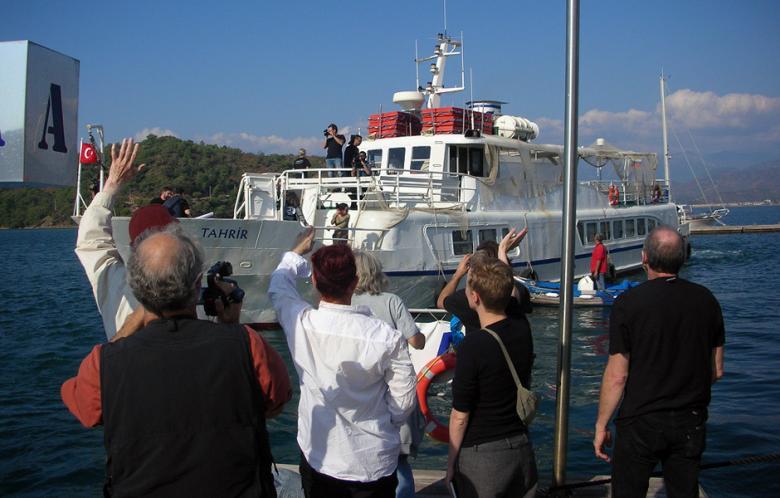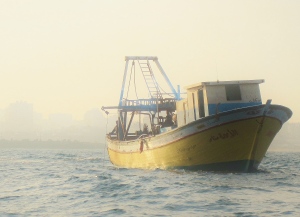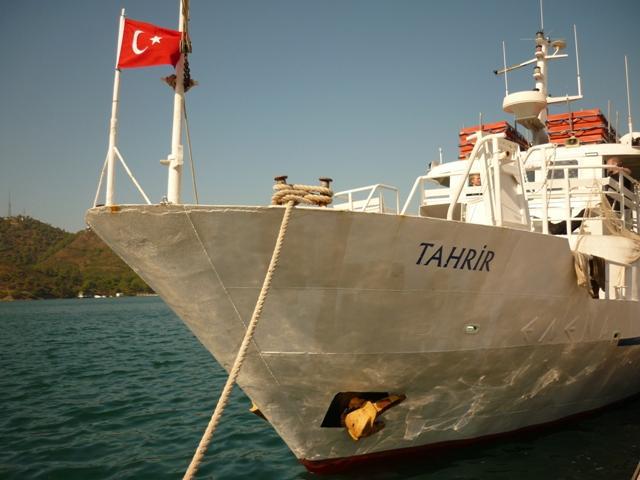Tag: Blockade
-

Activists react to Gaza flotilla assault
by Ruqaya Izzidien 4 November 2011 | Al Akhbar English Palestine activists call on the international community to keep pressuring Israel to end the blockade of Gaza after the Freedom Waves flotilla was assaulted by Israel in international waters. Gaza — Palestinian activists have condemned the Israeli navy’s assault on the Freedom Waves to Gaza…
-

Initial reactions from Gaza on the new Freedom Flotilla
by Radhika S. 3 November 2011 | Notes from Behind the Blockade Here in Gaza, people — especially the youth — are really excited about the new flotilla on its way from Turkey. “I can’t wait to receive my brothers and sisters who share our suffering and who also experience Israel’s apartheid policies and aggression,”…
-

Act now to defend today’s boats to Gaza
2 November 2011 | International Solidarity Movement, Gaza Two boats, called “Freedom Waves to Gaza,” are now traveling on the high seas to the besieged Gaza Strip. Their civilian passengers include people from five countries, including Palestinians from 1948. This is another non-violent attempt to break Israel’s siege, an illegal policy that has forced Gaza’s…
